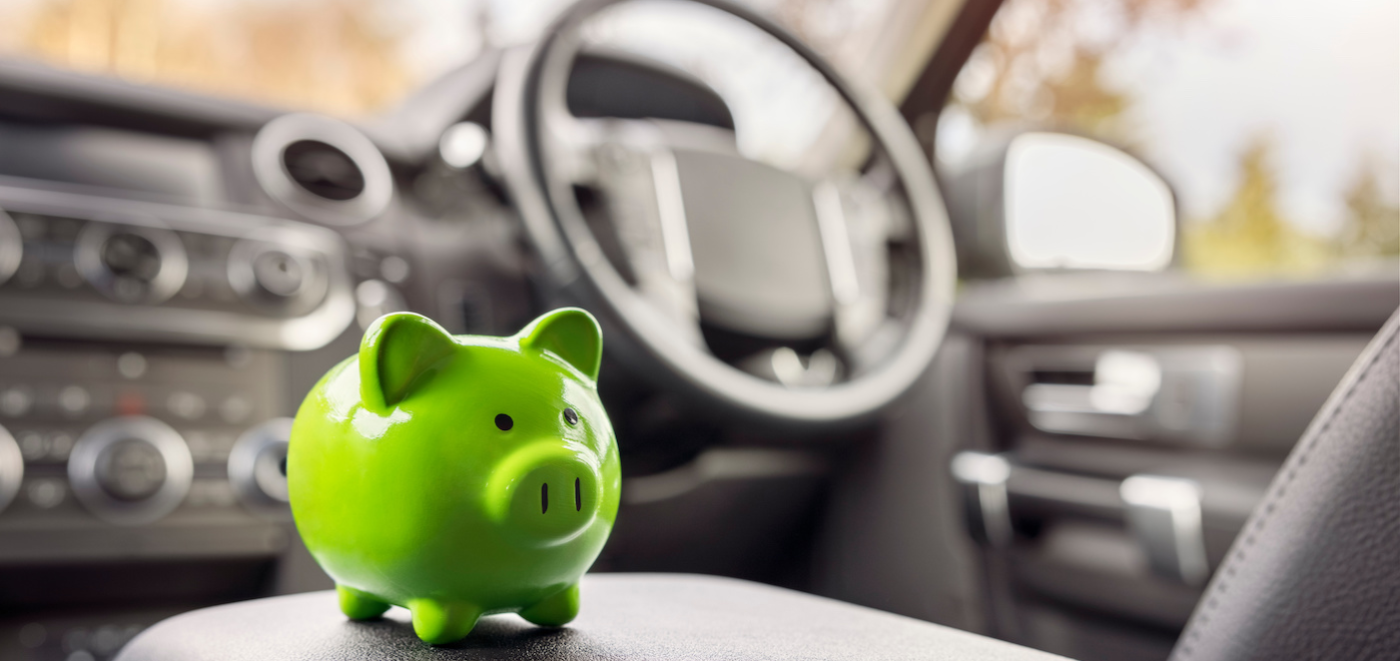How Car Insurance Changes When Your Vehicle Is Paid Off
.jpg)
Two of the most common ways to pay for new vehicles are by leasing them or purchasing them through financing. Both have the advantage of allowing a new owner to pay for the vehicle over a period of time and many leases can be converted into purchases after a certain number of years have elapsed. While these can be great methods to get a car without having a large sum of money on hand, they can have an impact on car insurance rates. Before a vehicle is paid off, there may be certain kinds of insurance that a car company demands must be in place or that an owner finds to be a sensible choice. A paid off vehicle will often represent an opportunity to change or reduce the amount of car insurance that an owner is carrying.
In many cases, a vehicle that is financed or leased may be required to carry certain coverage types, such as collision. Before the vehicle can be driven off the lot, the new owner must provide proof of insurance to the financing or leasing company that they vehicle does in fact have insurance and that it meets the requirements. If at a later time the financing company finds that an owner has removed the coverage and the vehicle is not yet paid off, they may have the right to seize the vehicle until coverage is restored. Until any vehicle is fully paid off, it belongs to the financing company, not the owner, and the company can set out whatever stipulations they require for continued possession by the owner, and this can seriously influence car insurance rates during the time the vehicle is being paid for.
A paid off vehicle gives and owner an opportunity to remove coverage that was demanded by the financing or leasing company, and also to remove other added coverage they may have chosen to purchase on their own. One example of this kind of coverage is “gap insurance,†which is used to cover the “gap†in price between its value on the lot and its depreciated value when it is driven away. If an owner leaves the lot and immediately gets in an accident, the insurance company will only pay for the assessed value of the vehicle, which will be less than the purchase price, but the owner will still owe the dealership the full amount. Gap insurance covers this disparity in actual and assessed value, meaning that an owner will not have to pay extra.
While car insurance rates can be higher for those paying for vehicles, this extra insurance is intended to protect both driver and dealership.
